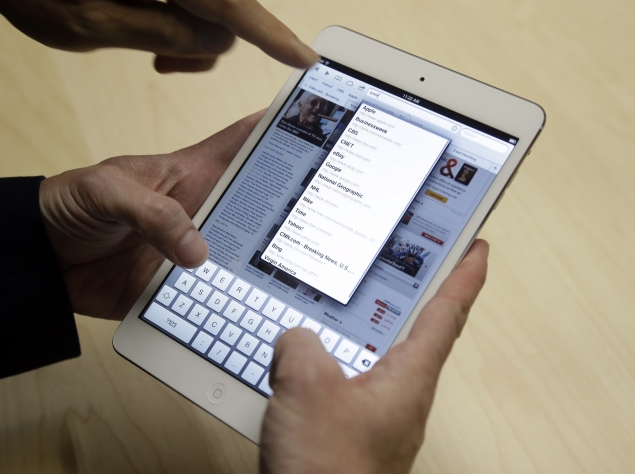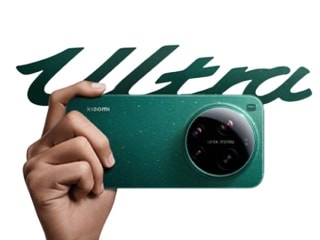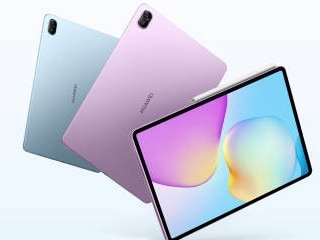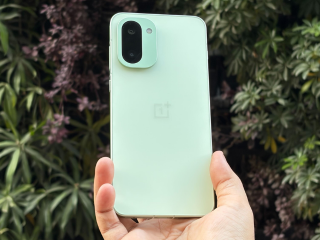- Home
- Others
- Others News
- Interactive ebook to inspire visually impaired children to reach for the stars
Interactive ebook to inspire visually-impaired children to reach for the stars

The book, titled 'Reach for the Stars: Touch, Look, Listen, Learn,' is inspired by a latest Hubble Space Telescope image of the colourful '30 Doradus Nebula' - a giant star-forming region.
"We want to convince children that science is cool, is fun and that anybody could be a scientist, if they want to," said astronomer Elena Sabbi of the Space Telescope Science Institute (STScI) in Baltimore, Maryland and the inspiration behind this project.
According to Sabbi, 'Reach for the Stars' shows the blind that there are no barriers to scare them. "And technology is improving so fast that we are sure you will be able to learn and to do things. Things are becoming more reachable," said Sabbi.
Sabbi and her team are developing the book in partnership with SAS, a company based in North Carolina that develops analytics software to help people analyse and visualise data.
Not just the visually-challenged, but anyone can read the book. "We created this mainstream book in a way that would benefit everybody, rather than something that is specifically dedicated to a relatively small audience of students with visual impairments," stressed Ed Summers, senior manager at SAS.
The ebook would have six chapters and run about 90 pages. Every page of each chapter would begin with a question, followed by a short answer.
Children with visual impairments would not only hear the text read to them but also access the book using a refreshable braille display, the 'VoiceOver' screen reader, or the zoom feature that is included in every iPad.
Images, graphics, videos and animations would also appear in every chapter.
Some of the images will be interactive. Several prominent star clusters in an image of the 30 Doradus Nebula, for example, are marked by circles. Touch a circle and a short caption appears on the screen describing the cluster.
In addition to the VoiceOver and read aloud options, the book would also offer closed captioning, a compatibility option for people with hearing aids, and a high-contrast feature for those with low vision.
For brightness, SAS is using pitch to tell people with visual impairments the brightness of a particular star when they touch it. The brighter the star, the higher the pitch, said Summers.
Get your daily dose of tech news, reviews, and insights, in under 80 characters on Gadgets 360 Turbo. Connect with fellow tech lovers on our Forum. Follow us on X, Facebook, WhatsApp, Threads and Google News for instant updates. Catch all the action on our YouTube channel.
Related Stories
- Samsung Galaxy Unpacked 2025
- ChatGPT
- Redmi Note 14 Pro+
- iPhone 16
- Apple Vision Pro
- Oneplus 12
- OnePlus Nord CE 3 Lite 5G
- iPhone 13
- Xiaomi 14 Pro
- Oppo Find N3
- Tecno Spark Go (2023)
- Realme V30
- Best Phones Under 25000
- Samsung Galaxy S24 Series
- Cryptocurrency
- iQoo 12
- Samsung Galaxy S24 Ultra
- Giottus
- Samsung Galaxy Z Flip 5
- Apple 'Scary Fast'
- Housefull 5
- GoPro Hero 12 Black Review
- Invincible Season 2
- JioGlass
- HD Ready TV
- Laptop Under 50000
- Smartwatch Under 10000
- Latest Mobile Phones
- Compare Phones
- Huawei Nova 15
- Huawei Nova 15 Pro
- Huawei Nova 15 Ultra
- OnePlus 15R
- Realme Narzo 90x 5G
- Realme Narzo 90 5G
- Vivo S50 Pro Mini
- Vivo S50
- Asus ProArt P16
- MacBook Pro 14-inch (M5, 2025)
- OnePlus Pad Go 2 (5G)
- Infinix Xpad Edge
- OnePlus Watch Lite
- Just Corseca Skywatch Pro
- Acerpure Nitro Z Series 100-inch QLED TV
- Samsung 43 Inch LED Ultra HD (4K) Smart TV (UA43UE81AFULXL)
- Asus ROG Ally
- Nintendo Switch Lite
- Haier 1.6 Ton 5 Star Inverter Split AC (HSU19G-MZAID5BN-INV)
- Haier 1.6 Ton 5 Star Inverter Split AC (HSU19G-MZAIM5BN-INV)

















